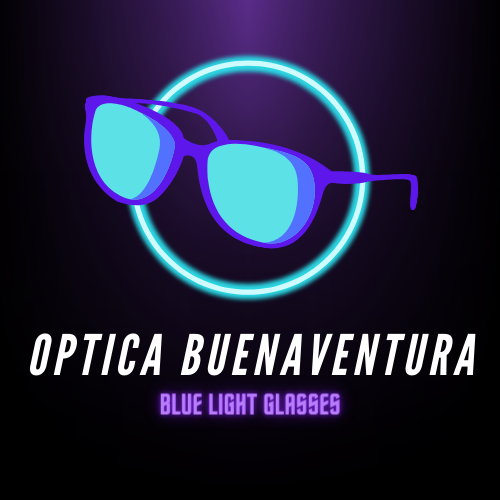Common Eye Conditions and Their Treatments
Our eyes are sensitive organs that allow us to perceive the world around us. However, they are prone to various conditions that can affect our vision and overall eye health. In this article, we will discuss some of the most common eye conditions and explore the treatments available.
1. Myopia (Nearsightedness): Myopia is a condition characterized by difficulty seeing objects at a distance but having clear vision up close. This condition is often caused by an elongation of the eyeball or a misshapen cornea. Treatments for myopia include wearing corrective glasses or contact lenses, or undergoing LASIK surgery to reshape the cornea.
2. Hyperopia (Farsightedness): Hyperopia is the opposite of myopia. People with hyperopia have difficulty seeing objects up close but can see distant objects clearly. Hyperopia is usually caused by a shorter-than-normal eyeball or a flatter cornea. Like myopia, corrective glasses, contact lenses, or refractive surgery can help correct hyperopia.
3. Astigmatism: Astigmatism is a common condition where the cornea has an irregular shape, causing blurred or distorted vision at all distances. Astigmatism can be corrected with glasses or contact lenses that have a special cylindrical lens to compensate for the corneal irregularities. In some cases, laser eye surgery may also be an option.
4. Presbyopia: Presbyopia is an age-related condition that causes difficulty in seeing objects up close. It typically occurs after the age of 40 and is due to the natural hardening of the lens inside the eye. Reading glasses or bifocal/progressive lenses can help correct presbyopia, allowing individuals to see clearly at different distances.
5. Cataracts: Cataracts occur when the natural lens inside the eye becomes cloudy, leading to blurred vision and eventual loss of vision. Cataracts are usually a result of aging, but they can also be caused by injury, certain medications, or underlying medical conditions. Cataract surgery is the most common treatment for cataracts, where the cloudy lens is removed and replaced with an artificial lens.
6. Glaucoma: Glaucoma is a group of eye conditions characterized by increased pressure within the eye, which can damage the optic nerve and lead to vision loss if left untreated. Treatment options for glaucoma vary depending on the severity of the condition but may include eye drops to reduce eye pressure, oral medications, laser therapy, or surgery.
7. Dry Eye Syndrome: Dry eye syndrome occurs when the eyes do not produce enough tears or when the tears evaporate too quickly. This can result in eye irritation, discomfort, and blurry vision. Treatment for dry eye syndrome may include artificial tear eye drops, prescription medications, or the use of devices such as humidifiers or eye inserts to retain moisture in the eyes.
8. Conjunctivitis: Conjunctivitis, also known as pink eye, is an inflammation of the conjunctiva, the thin clear tissue that covers the white part of the eye and lines the eyelids. It can be caused by allergies, viruses, or bacteria. The treatment for conjunctivitis depends on the cause but may include antibiotic eye drops, antihistamines, or simply good hygiene practices, such as washing hands regularly and avoiding touching the eyes.
In conclusion, our eyes are susceptible to various conditions that can affect our vision and overall eye health. It is crucial to seek professional advice if you experience any changes in your vision or eye discomfort. Early detection and appropriate treatment can help preserve your eyesight and prevent further complications. Remember to have regular eye check-ups to maintain optimal eye health and to promptly address any concerns regarding your vision.
